#CosmicDiscovery
Explore tagged Tumblr posts
Text
Discovery Alert! In a new discovery released on Jan 08, 2024 James Webb Telescope and Chandra Solve Cassiopeia A's Green Monster Riddle.
Discovery Alert! In a new discovery released on Jan 08, 2023 James Webb Telescope and Chandra Solve Cassiopeia A's Green Monster Riddle. Read more here

Dive into the celestial wonders of Cassiopeia A as NASA's James Webb Space Telescope and Chandra X-ray Observatory join forces to decode the enigma of the 'Green Monster.' 🌠✨ This collaboration has unveiled a mesmerizing image resembling an electric light show in space – think red clouds, glowing white streaks, fiery flames, and a central region that's practically a cosmic green lightning display. ⚡️💫
Chandra's X-rays in striking blue illuminate the hot gas, predominantly from the supernova debris, unveiling elements like silicon and iron. These elements form thin arcs in the outer reaches of the remnant, revealing the aftermath of a celestial explosion. 🌪️
Webb's infrared magic, painted in red, green, and blue, exposes the warmth of dust embedded in the hot gas seen by Chandra and the presence of cooler supernova debris. Meanwhile, the Hubble data adds a sprinkle of stars, turning this cosmic canvas into a dazzling tapestry. 🌈✨
Get ready to embark on a journey through the cosmos, where science meets art and the mysteries of Cassiopeia A are unraveled. 🌌💙 #WebbTelescope #ChandraObservatory #GreenMonsterMystery #CosmicDiscovery #SpaceArtistry
101 notes
·
View notes
Text
600 Million Years After the Big Bang: We discovered Firefly Sparkle galaxy | Researchatory.AI | Aakash Khurana
Imagine seeing the universe as it was just 600 million years after the Big Bang. Thanks to the James Webb Telescope, we can! This is 'Firefly Sparkle,' a small but mighty galaxy with star clusters that shine like cosmic fireflies, providing invaluable insights into early galaxy formation. #JamesWebbSpaceTelescope #JWST #Astronomy #Space #Galaxy #Cosmos #Universe #SpaceExploration #Astrophysics #FireflySparkle #EarlyUniverse #GalaxyFormation #WebbTelescope #CosmicDiscovery #SpaceFacts #ScienceNews #AmazingSpace
In essence, "Firefly Sparkle" is a window into the past, allowing us to witness the building blocks of galaxies as they came together.
For more info join our medium page. https://medium.com/@researchatory
#JamesWebbSpaceTelescope#JWST#Astronomy#Space#Galaxy#Cosmos#Universe#SpaceExploration#Astrophysics#FireflySparkle#EarlyUniverse#GalaxyFormation#WebbTelescope#CosmicDiscovery#SpaceFacts#ScienceNews#AmazingSpace
10 notes
·
View notes
Text
Officials confirmed on Monday that the metal item that crashed from the sky, tearing through the roof of a Naples, Florida, home last month and lodged in a family's wall, was part of the debris from a trash pallet NASA launched into space three years prior.
#NASA#SpaceJunk#CosmicDiscovery#FloridaMystery#SpaceExploration#Astronomy#SpaceDebris#UniverseMysteries#ScienceNews#SpaceStation#ExploringTheUnknown#NASAUpdate#AstronomyCommunity#CosmicCollision#AstroNews#SpaceWonders#DiscoveriesInSpace#SpaceDiscoveries#SpaceExplorers#GalacticWonder#AstronomyFacts#SpaceOddity#ExploreTheUniverse#SpaceAdventure#SpaceMystery#ClickLinkInBio#breaking news#global news#entertainment#whatshappeningintheworld
3 notes
·
View notes
Text


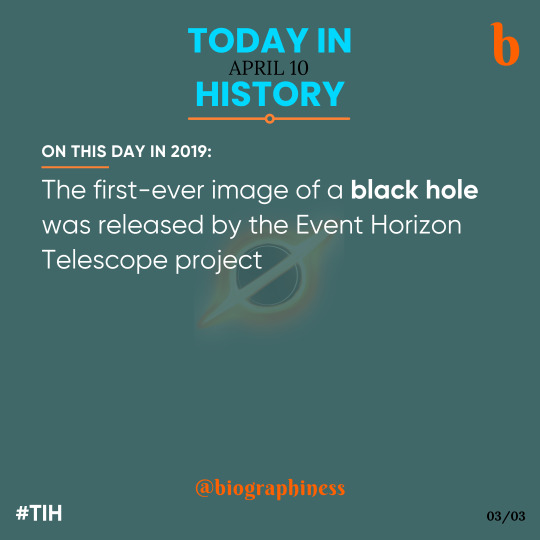
📌🚢🌌On this day on April 10 in history: Walter Hunt patented the safety pin, the Titanic set sail on its maiden voyage, and the first-ever black hole image was revealed!🧷🚢🔭
Follow👉 @biographiness
#Biographiness#Biograghines#TodayInHistory#TIH#onthisday#OTD#HistoryEvents#DailyHistory#HistoryFacts#April10#HistoryMatters#History#Innovation#TitanicVoyage#CosmicDiscovery#SafetyPin#WalterHunt#Titanic#HistoricVoyages#MaidenJourney#BlackHole#SpaceExploration#EventHorizon#AstroMilestone
2 notes
·
View notes
Text
Scientists May Have Found the Universe’s Missing Matter in Vast Hydrogen Clouds
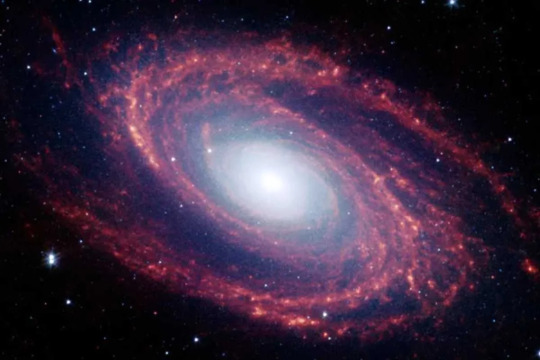
Source: sciencenews.org
Decades-Long Mystery Nears Resolution
In a groundbreaking discovery, astronomers believe they have located the long-elusive “missing” half of the universe’s regular matter — not to be confused with dark matter — in massive, previously undetected clouds of hydrogen gas. For years, scientists have struggled to account for all of the universe’s normal matter, or baryonic matter, which should make up around 15% of the cosmos. While stars, galaxies, and other visible structures explained part of this, roughly half of the matter remained untraceable — until now.
A global team of researchers has found compelling evidence suggesting that ionized hydrogen gas, more widely dispersed around galaxies than previously imagined, may hold the answer. “The measurements are certainly consistent with finding all of the [missing] gas,” said study co-author Simone Ferraro, an astronomer at the University of California, Berkeley. The research, which is still undergoing peer review, is currently available on the preprint server arXiv and expected to appear in Physical Review Letters.
Mapping the Invisible with Advanced Instruments
The team’s findings stem from data collected by two powerful instruments: the Dark Energy Spectroscopic Instrument (DESI) in Arizona and the Atacama Cosmology Telescope in Chile. By analyzing light from roughly 7 million galaxies using DESI, researchers were able to “stack” their images and detect faint halos of ionized hydrogen gas enveloping the outer edges of galaxies — regions typically too dim to observe through traditional methods.
Rather than detecting the gas directly, scientists measured how these diffuse hydrogen clouds affected the cosmic microwave background (CMB) — the faint afterglow of the Big Bang that permeates the universe. By observing how the CMB’s radiation was dimmed or brightened as it passed through these gas hydrogen clouds, the researchers could estimate their scale and density.
What they found was astonishing: not only are these halos more extensive than once believed, but they also appear to form filament-like structures — a “cosmic web” that stretches between galaxies. If these gaseous filaments span most of the universe, as the data suggests, they could feasibly account for the missing matter that has puzzled scientists for decades.
Black Holes and New Models of the Universe
Beyond solving a long-standing cosmological puzzle, the discovery may also reshape our understanding of black holes. Until now, scientists thought supermassive black holes at galactic centers only released gas during their early stages. However, the presence of such large-scale diffuse gas hydrogen clouds implies that black holes might become active more often than assumed.
“One of the hypotheses is that [black holes] turn on and off occasionally in what is called a duty cycle,” explained Boryana Hadzhiyska, the study’s lead author and fellow astronomer at UC Berkeley. This behavior, if confirmed, could have wide-reaching implications for astrophysics and galaxy evolution.
Looking ahead, researchers plan to incorporate these findings into existing cosmological models to better understand the structure and development of the universe. “There are a huge number of people interested in using our measurements to do a very thorough analysis that includes this gas,” Hadzhiyska added.
If verified, this discovery could close one of the most perplexing gaps in our understanding of the universe.
0 notes
Text
Exoplanets: The Search for Alien Worlds and Extraterrestrial Life (Part2)
Do you remember gazing up at the stars as a child, and wondering if someone was watching you? Well, get ready, space explorers! We’re about to embark on a cosmic journey to alien worlds beyond our solar system. Welcome to the fascinating realm of exoplanets — our best bet yet in the search for extraterrestrial life! What Are Exoplanets? Exoplanets are planets orbiting stars other than our sun.…
#AlienWorlds#AreWeAlone#Astrobiology#CosmicDiscovery#Exoplanets#ExtraterrestrialLife#GoldilocksZone#HabitablePlanets#JWST#SpaceExploration
0 notes
Text
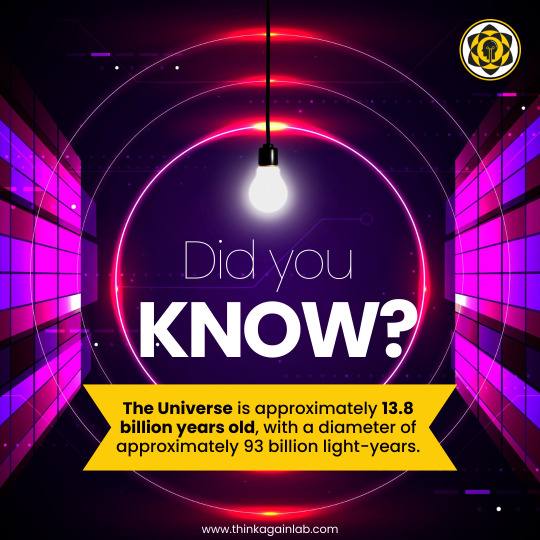
Ready to uncover the vastness of time and space? 🌌 Register now to journey through the mind-boggling expanse of the universe 🕰️🔭
For more information, you can visit our Instagram & Facebook, Or Contact us: +91 7908369443
#RegisterNow#UniverseExploration#CosmicWonders#TimeAndSpace#AstronomyAdventures#CosmicDiscovery#TechEnthusiasts#DiscoverTheUnknown#CosmicJourney#DidYouKnow#FunFacts#knowledgeispower#LearnSomethingNew#FascinatingFacts
0 notes
Photo
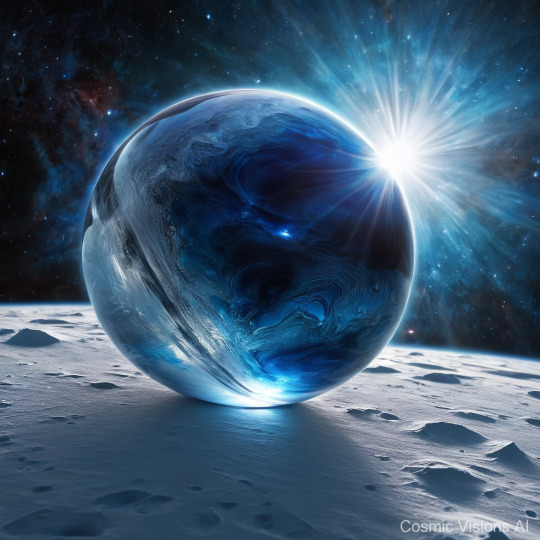
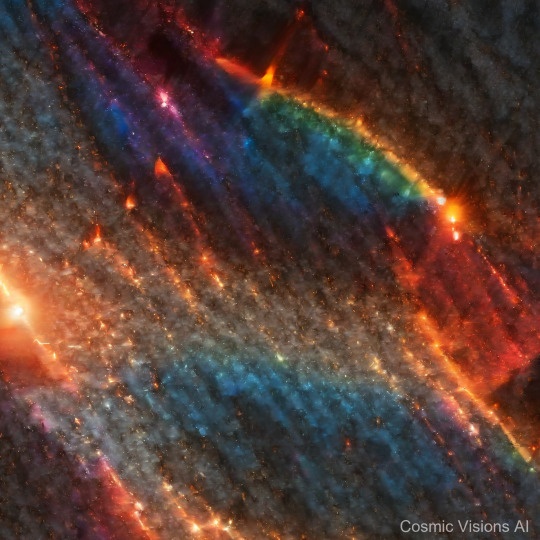
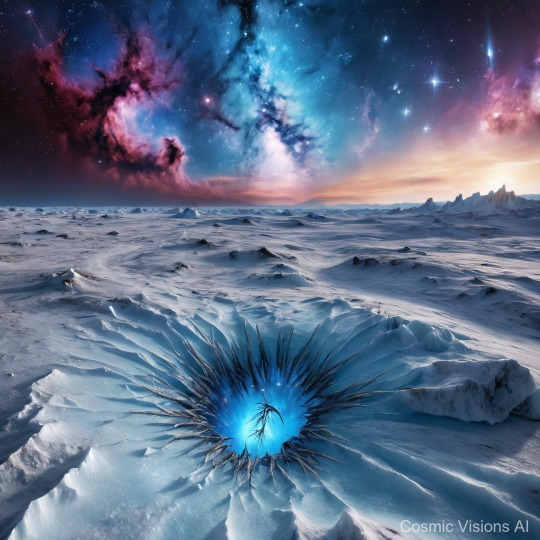
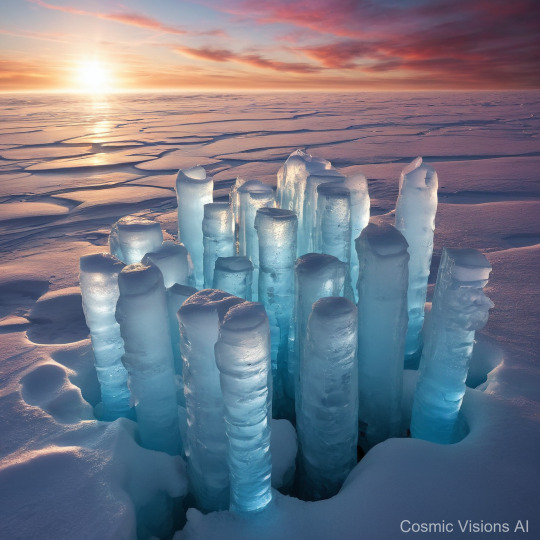
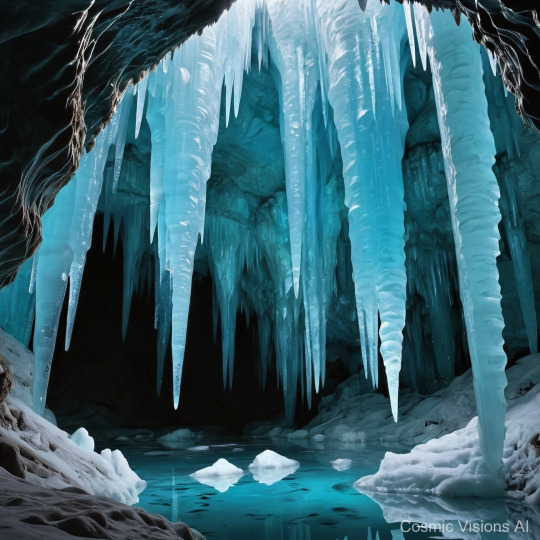
Planet Glacius V renders an awe-inspiring sight from space: a silvery-blue orb enveloped in thin, wispy clouds that dance over its icy surface. The planet is dominated by vast mountain ranges made almost entirely of translucent crystal ice, reflecting sunlight in a dazzling array of sparkles that can be seen even from orbit. On the surface, the conditions are harsh and unyielding. The sky, a pale mirror of the ice below, often erupts with fierce, icy storms that sweep across the towering peaks of the crystal mountains, shaping and reshaping the landscape. These mountains, some rising over four kilometers high, possess a brittle beauty, their jagged edges and smooth facades crafted by the relentless wind. The atmosphere, though thin, carries a constant chill, with temperatures plunging far below zero, preserving the planet's frozen state. Glacius V’s unique geological processes result in natural phenomena rarely seen elsewhere, making it a jewel in the cold belt of its star system.
#CrystalIceMountains#AstroPhotography#GalacticMountains#SpaceScapes#DeepSpacePhotography#IceFormations#OuterSpaceWonders#CelestialBeauty#FrozenAstroWorlds#CosmicDiscoveries
0 notes
Video
youtube
Does Dark Energy Really Exist? Timescape Model Explained
#youtube#DarkEnergy TimescapeModel Cosmology SpaceMysteries UniverseExpansion Astrophysics ScienceExplained CosmicDiscovery DarkMatter SpaceExplorati
0 notes
Video
youtube
Is the Mysterious 9th Planet Real? Alien Life & Solar System Secrets Rev...
#youtube#PlanetNine Astronomy Nibiru SolarSystemMystery SpaceExploration HiddenPlanet CosmicDiscovery SpaceScience UniverseSecrets Pluto
0 notes
Video
youtube
World's Largest Digital Camera Short#yst #science
The world’s largest digital camera, designed for the Vera C. Rubin Observatory in Chile, is a groundbreaking feat in astronomical imaging. Weighing over 3,000 pounds and boasting a record-breaking 3.2-gigapixel resolution, this giant camera is capable of capturing detailed images of the entire southern night sky every few nights. Its resolution is so precise that it can spot a golf ball from 15 miles away! With this camera, scientists aim to explore dark energy, dark matter, and the structure of the universe over the next decade, creating an unprecedented time-lapse of the dynamic cosmos
#DigitalCamera #LargestCamera #RubinObservatory #Astrophotography #SpaceScience #Gigapixel #AstronomyLovers #TelescopeTechnology #DarkEnergy #DarkMatter #CosmicDiscovery #UniverseExploration #AstronomyNews #SpaceInnovation #Gigapixel #AstronomyTech #ScienceBreakthrough #VeraRubinObservatory #FutureOfAstronomy #SpaceImaging#PostdoctoralResearcher #LabTechnician #HistoryAward #PhilosophyAward #EconomicsAward #PoliticalScienceAward #PsychologyAward
International Young Scientist Awards
Website link: youngscientistawards.com NominationLink:https://youngscientistawards.com/awardnomination/ecategory=Awards&rcategoryrdee
Contact Us: [email protected] ___________________________________
Social Media:
Twitter : https://twitter.com/youngsc06963908
Linkedin- : https://www.linkedin.com/in/shravya-r...
Pinterest : https://in.pinterest.com/youngscienti...
Blog : https://youngscientistaward.blogspot....
Tumblr : https://www.tumblr.com/blog/shravya9
0 notes
Text
Brightest object ever found by Astronomers!
Discovery Alert! In a discovery announced on Feb 19, 2024 Astronomers unveil the universe's brightest phenomenon - quasar J059-4351, powered by a supermassive black hole. Discover how ESO's Very Large Telescope captured this cosmic marvel, shedding light on its unprecedented luminosity and rapid growth. Read the full article here -
Unveiling the Universe's Brightest Phenomenon - Quasar J0529-4351
#SpaceExploration #CosmicDiscovery #ESO #QuasarJ0594351
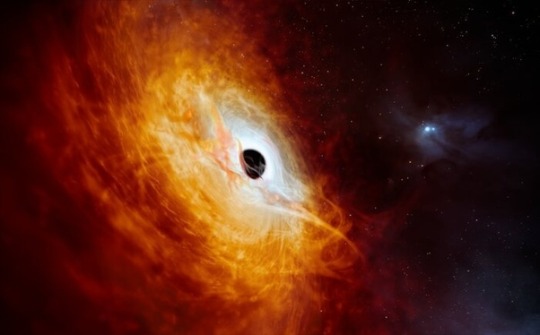
54 notes
·
View notes
Text
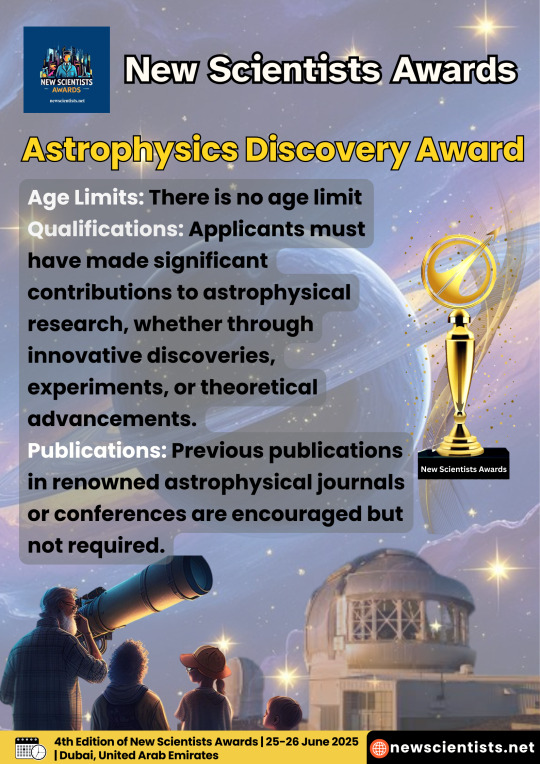
Astrophysics Discovery Award The Astrophysics Discovery Award honors individuals or teams for groundbreaking discoveries that significantly advance our understanding of the universe through original, scientifically validated research in astrophysics.
New Scientists Awards
Nomination Link: https://newscientists.net/award-nomination/?ecategory=Awards&rcategory=Awardee
Web Visitors: https://newscientists.net/
For Enquiry: [email protected]
#sciencefather #scientist #scienceinnovation #researchexcellence #scientificbreakthrough #NewScientistsAwards #AstrophysicsDiscovery #SpaceScience #CosmicDiscovery #AstrophysicsAward #BreakthroughInSpace #UniverseRevealed #AstronomyNews #ScientificBreakthrough #NobelPrizePhysics
Get Connected Here:
=================
Twitter: https://x.com/awards67811
Instagram: https://www.instagram.com/afreen202564/
blogger: https://www.blogger.com/blog/posts/8014336030053733629?hl=en&tab=jj
Pinterest: https://in.pinterest.com/scienceawards/
1 note
·
View note
Video
Cosmic Microwave Background: A Brief Journey #cosmicdiscoveries #spacedo...
0 notes
Text
Scientists May Have Found the Universe’s Missing Matter in Vast Hydrogen Clouds
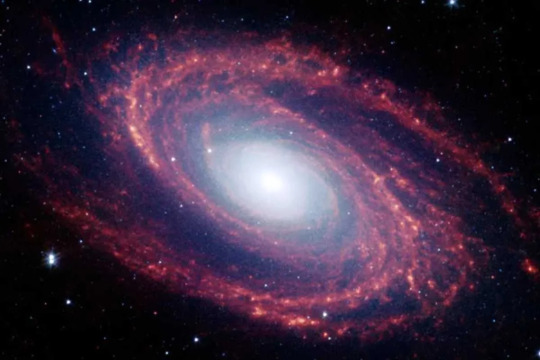
Source: sciencenews.org
Decades-Long Mystery Nears Resolution
In a groundbreaking discovery, astronomers believe they have located the long-elusive “missing” half of the universe’s regular matter — not to be confused with dark matter — in massive, previously undetected clouds of hydrogen gas. For years, scientists have struggled to account for all of the universe’s normal matter, or baryonic matter, which should make up around 15% of the cosmos. While stars, galaxies, and other visible structures explained part of this, roughly half of the matter remained untraceable — until now.
A global team of researchers has found compelling evidence suggesting that ionized hydrogen gas, more widely dispersed around galaxies than previously imagined, may hold the answer. “The measurements are certainly consistent with finding all of the [missing] gas,” said study co-author Simone Ferraro, an astronomer at the University of California, Berkeley. The research, which is still undergoing peer review, is currently available on the preprint server arXiv and expected to appear in Physical Review Letters.
Mapping the Invisible with Advanced Instruments
The team’s findings stem from data collected by two powerful instruments: the Dark Energy Spectroscopic Instrument (DESI) in Arizona and the Atacama Cosmology Telescope in Chile. By analyzing light from roughly 7 million galaxies using DESI, researchers were able to “stack” their images and detect faint halos of ionized hydrogen gas enveloping the outer edges of galaxies — regions typically too dim to observe through traditional methods.
Rather than detecting the gas directly, scientists measured how these diffuse hydrogen clouds affected the cosmic microwave background (CMB) — the faint afterglow of the Big Bang that permeates the universe. By observing how the CMB’s radiation was dimmed or brightened as it passed through these gas hydrogen clouds, the researchers could estimate their scale and density.
What they found was astonishing: not only are these halos more extensive than once believed, but they also appear to form filament-like structures — a “cosmic web” that stretches between galaxies. If these gaseous filaments span most of the universe, as the data suggests, they could feasibly account for the missing matter that has puzzled scientists for decades.
Black Holes and New Models of the Universe
Beyond solving a long-standing cosmological puzzle, the discovery may also reshape our understanding of black holes. Until now, scientists thought supermassive black holes at galactic centers only released gas during their early stages. However, the presence of such large-scale diffuse gas hydrogen clouds implies that black holes might become active more often than assumed.
“One of the hypotheses is that [black holes] turn on and off occasionally in what is called a duty cycle,” explained Boryana Hadzhiyska, the study’s lead author and fellow astronomer at UC Berkeley. This behavior, if confirmed, could have wide-reaching implications for astrophysics and galaxy evolution.
Looking ahead, researchers plan to incorporate these findings into existing cosmological models to better understand the structure and development of the universe. “There are a huge number of people interested in using our measurements to do a very thorough analysis that includes this gas,” Hadzhiyska added.
If verified, this discovery could close one of the most perplexing gaps in our understanding of the universe.
0 notes
Text
What is in the Center of the Universe? | Q&A
What is in the Center of the Universe? | Q&A
According to current scientific understanding, there is no center of the universe. The universe is believed to have originated from a single point in space-time known as the Big Bang, which occurred roughly 13.8 billion years ago. Since then, the universe has been expanding in all directions uniformly, and there is no specific point or location that can be identified as the center of this expansion. Instead, all points in the universe appear to be moving away from each other, which creates the illusion that we are at the center of the universe from our perspective. However, this is only a result of our limited observational…
READ MORE https://www.doolly.com/qa/what-is-in-the-center-of-the-universe-qa
what is at the center of the universe? | what lies at the heart of the universe? | what can be found at the center of the cosmos? | is there a center to the universe? | does the universe have a central point? | where is the center of the universe located? | what exists at the middle of the universe? | is there a specific point at the center of the universe? | what occupies the center of the universe? | what sits at the center of the universe? | is there a focal point of the universe? | what constitutes the center of the universe? | what represents the center of the universe? | is the center of the universe a physical location? | what is positioned at the center of the universe? | where does the universe converge?
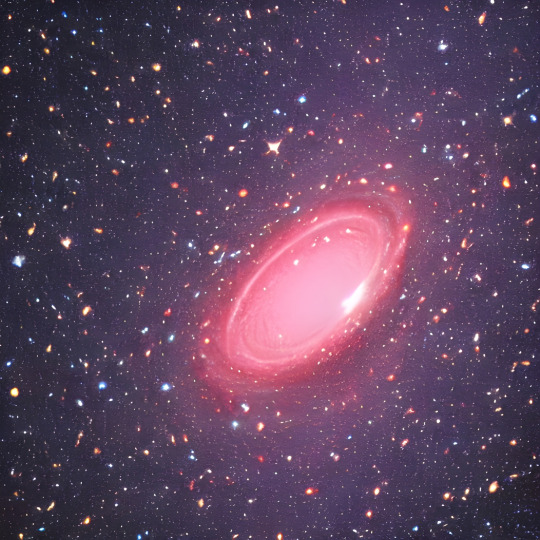
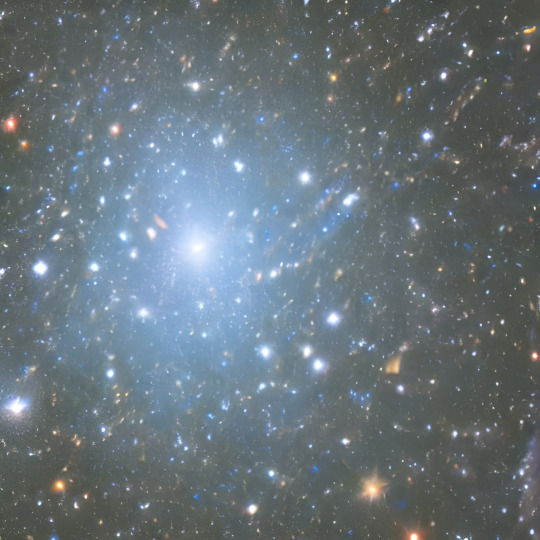
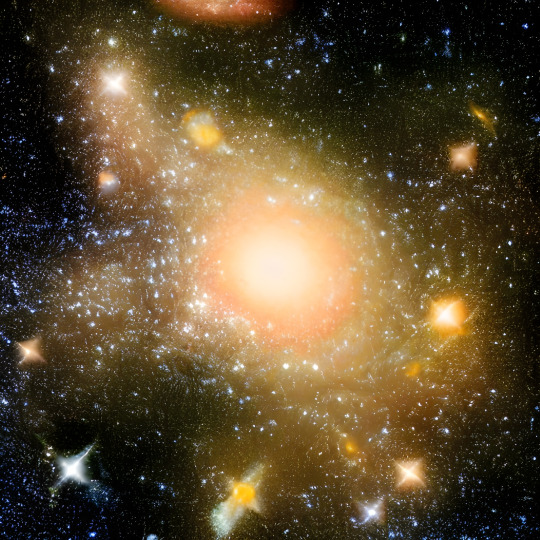

#CenterOfTheUniverse#CosmicWonder#UniverseExploration#GalacticJourney#BeyondOurWorld#CosmicDiscovery#OuterSpaceAdventures#UniverseMysteries#CosmicWonders#InfiniteUniverse#CosmicJourney#UniverseAwe#ExploringTheUniverse#SpaceDiscovery#CosmicMarvels#AstronomyLife#CosmicBeauty#StarrySkies#CelestialWonders#GalacticAdventures#AstronomyLove#CosmicHorizon#CosmicInspiration#DiscoveringTheUniverse#UniverseWonders#SkyGazing#CosmicMarvel#CosmicExpanse#ExploringSpace#CosmicKnowledge
0 notes